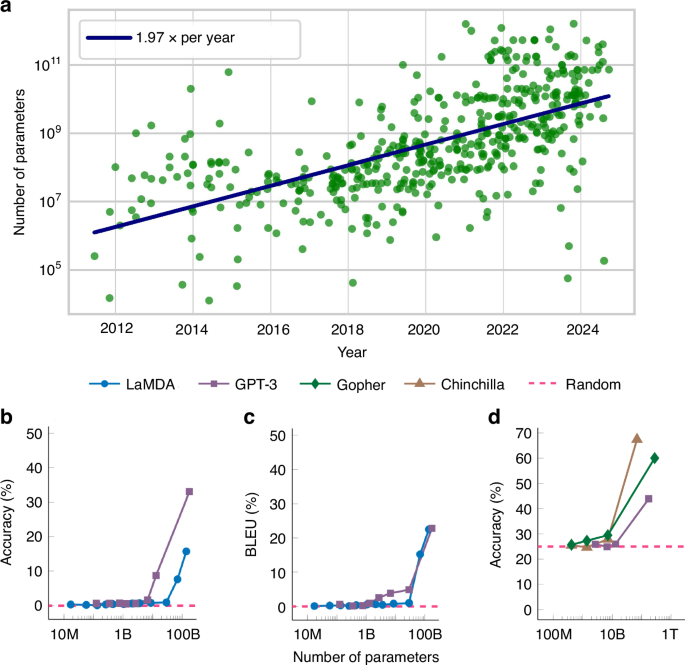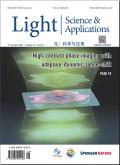下一代人工智能计算的资源高效光子网络
IF 20.6
Q1 OPTICS
引用次数: 0
摘要
目前人工智能朝着更大模型发展的趋势需要对硬件和算法进行重新思考。基于光子学的系统提供高速、节能的计算单元,提供利用光子学独特优势的算法设计。最近元胞自动机在光子学中的应用证明了少量的局部相互作用可以实现高通量和精度。本文章由计算机程序翻译,如有差异,请以英文原文为准。

Resource-efficient photonic networks for next-generation AI computing
Current trends in artificial intelligence toward larger models demand a rethinking of both hardware and algorithms. Photonics-based systems offer high-speed, energy-efficient computing units, provided algorithms are designed to exploit photonics’ unique strengths. The recent implementation of cellular automata in photonics demonstrates how a few local interactions can achieve high throughput and precision.
求助全文
通过发布文献求助,成功后即可免费获取论文全文。
去求助
来源期刊

Light-Science & Applications
数理科学, 物理学I, 光学, 凝聚态物性 II :电子结构、电学、磁学和光学性质, 无机非金属材料, 无机非金属类光电信息与功能材料, 工程与材料, 信息科学, 光学和光电子学, 光学和光电子材料, 非线性光学与量子光学
自引率
0.00%
发文量
803
审稿时长
2.1 months
 求助内容:
求助内容: 应助结果提醒方式:
应助结果提醒方式:


